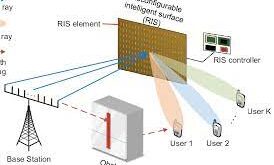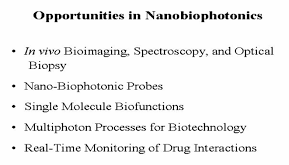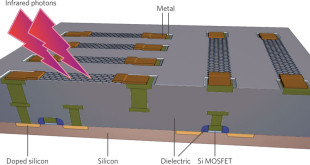Nanotechnology deals with the understanding, control and manufacture of matter in the nanoscale regime, usually between 1 nm to 100 nm, and exploiting them for a useful application. At this length scale unique properties and phenomena arise as a result of increased surface-to-volume ratio and dominance of quantum mechanical effects. Nanotech …
Read More »Material technologies for harsh space environment in Moon, and Mars missions
There is global space race among countries to build Moon bases, harness it’s mineral resources and helium-3, fuel for future nuclear fusion power plants. Space agencies in US, China, Japan, Europe, Russia, Iran , Canada and a few private companies all hope to send people to the moon by as …
Read More »Carbon Nanotubes(CNT) revolutionizing Aerospace from lightweight structural components, radio frequency interference (RFI), radiation resistance to de-icing
Nanotechnology deals with the understanding, control, and manufacture of matter in the nanoscale regime, usually between 1 nm to 100 nm, and exploiting them for a useful application. At this length scale, unique properties and phenomena arise as a result of increased surface-to-volume ratio and dominance of quantum mechanical effects. …
Read More »Reconfigurable intelligent surface (RIS) or Large Intelligent Surface (LIS) creating an intelligent electromagnetic environment for wireless communications
Reconfigurable intelligent surface (RIS)—known also as intelligent reflecting surface (IRS), and large intelligent surface (LIS)—is a programmable structure that can be used to control the propagation of electromagnetic (EM) waves by changing the electric and magnetic properties of the surface. These elements form a low-profile 2D reflecting or transmission array, …
Read More »Nanobiophotonics multidisciplinary field of nanotechnology, biomedical science, and photonics Applications
This is the age of multidisciplinary frontiers in science and technology where major breakthroughs are likely to occur at the interfaces of disciplines. Light has always fascinated mankind and since the beginning of recorded history, it has been both a subject of research and a tool for the investigation …
Read More »Infrared Metamaterial Absorber
Metamaterials are artificial materials composed of periodic or aperiodic structures to have extraordinary electromagnetic characterizations. By properly tailoring the feature size of metamaterial, it can be realized electro-optic devices spanning the wavelength range from microwave, infrared (IR), visible to ultraviolet (UV) caused from the transformation optics. In view of …
Read More »Molecular electronics for Next generation military signal processing, data storage, and communication devices
As the complexity and volume of global digital data grow, so too does the need for more capable and compact means of processing and storing data. At present, traditional electronic devices based on semiconductor materials face severe challenges, not only technical and technological limitations but also key theoretical limitations. …
Read More »Graphene nanoribbons
Graphene is a 1-atom-thick layer of tightly bonded carbon atoms arranged in a hexagonal lattice. Graphene the world’s first 2D nanomaterial, is widely regarded as the “wonder material” of the 21st century due to the combination of its extraordinary properties. As a single layer of graphite, it is the thinnest …
Read More »Graphene infrared (IR) photodetectors enable ultrafast and room temperature IR cameras ultrasensitive for entire spectrum, and 3D cameras
Photodetectors, also called photosensors, are sensors of light or other electromagnetic radiation. There is a wide variety of photodetectors that may be classified by mechanism of detection, such as photoelectric or photochemical effects, or by various performance metrics, such as spectral response. Photodetectors are devices that measure photon flux or …
Read More »Dynamic metasurfaces including Liquid crystal metasurfaces allow tuning of metasurface functionality also after fabrication.
Metamaterials are artificially structured materials designed to control and manipulate physical phenomena such as light and other electromagnetic waves, sound waves and seismic waves in unconventional ways, resulting in exotic behavior that’s not found in nature. This class of micro- and nano-structured artificial media are predicted to be able to protect …
Read More » International Defense Security & Technology Your trusted Source for News, Research and Analysis
International Defense Security & Technology Your trusted Source for News, Research and Analysis







